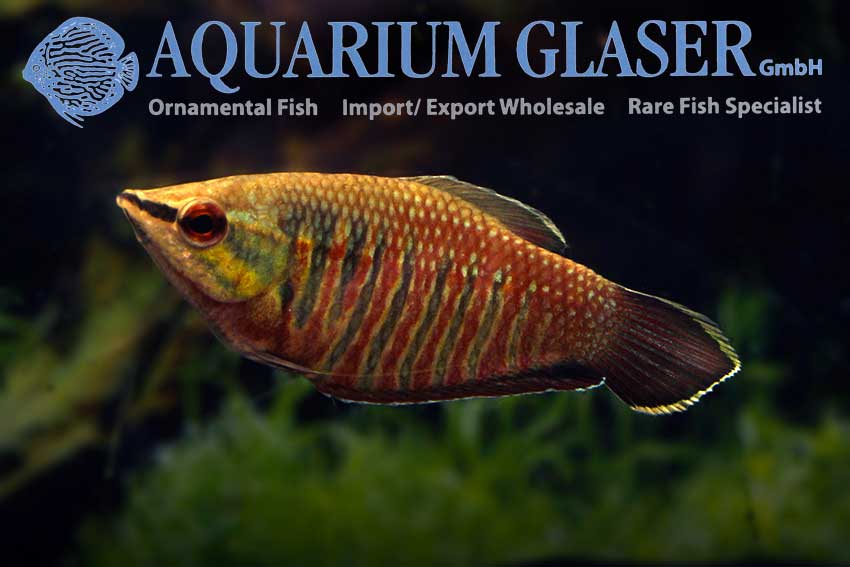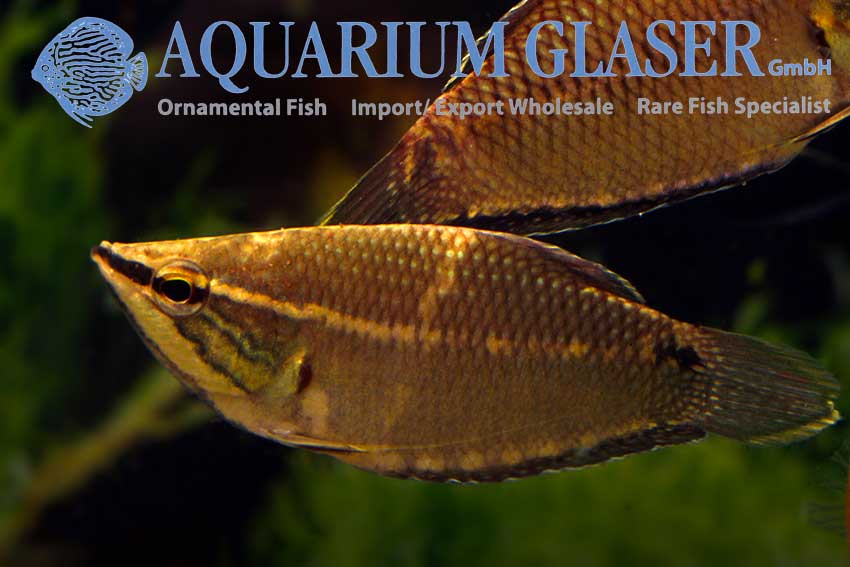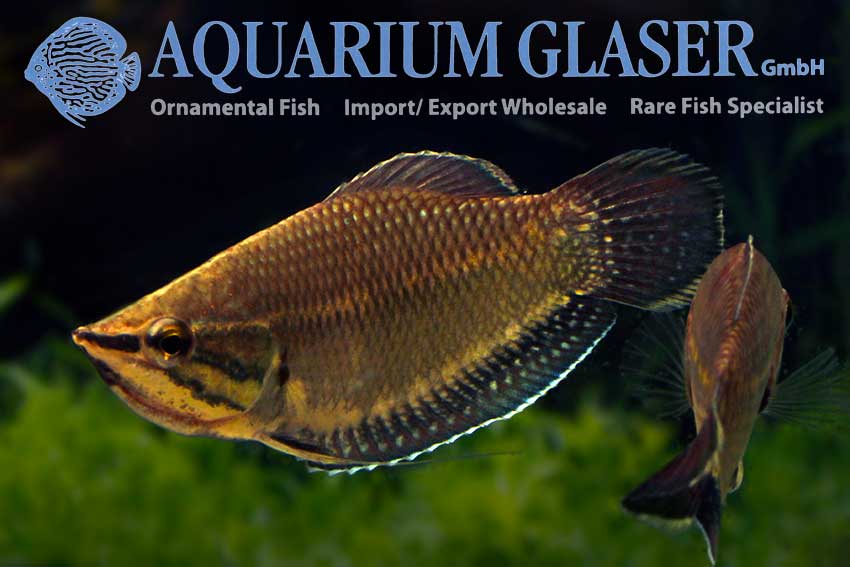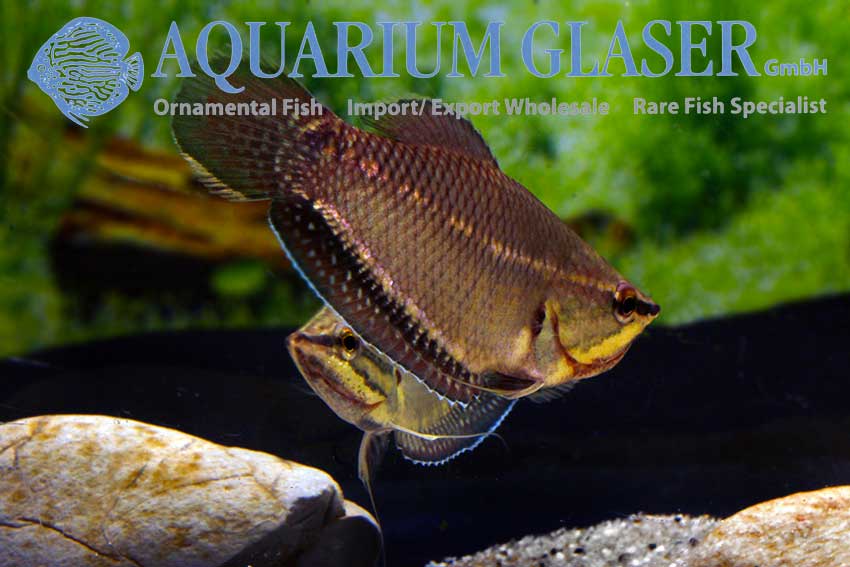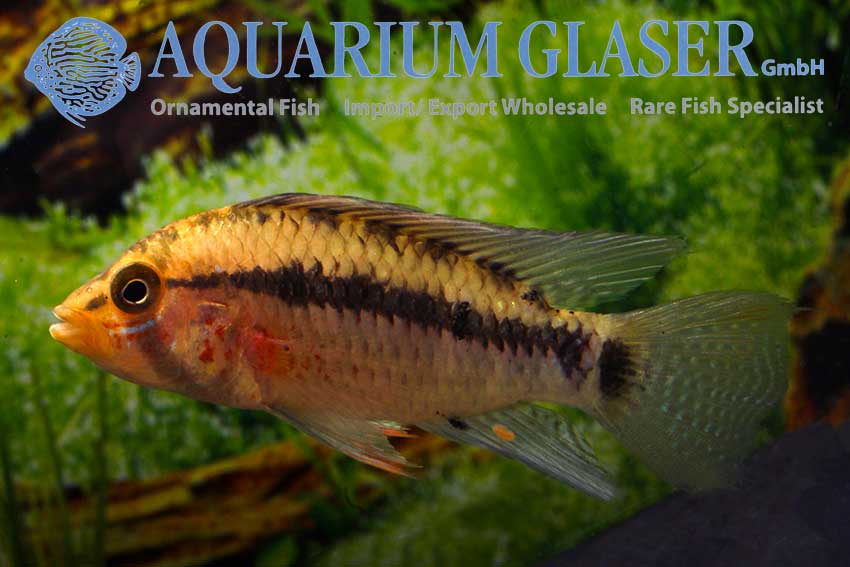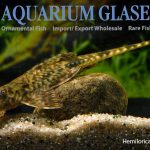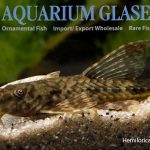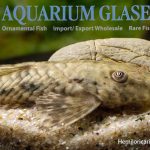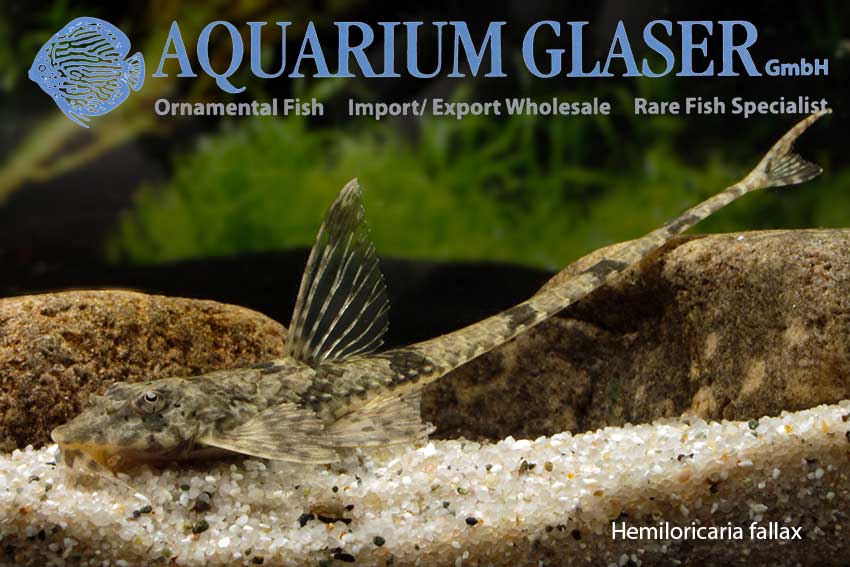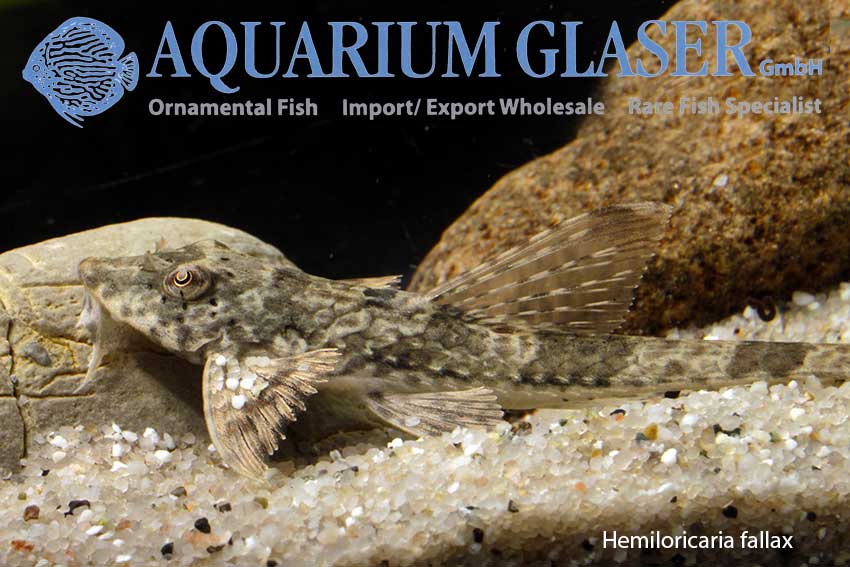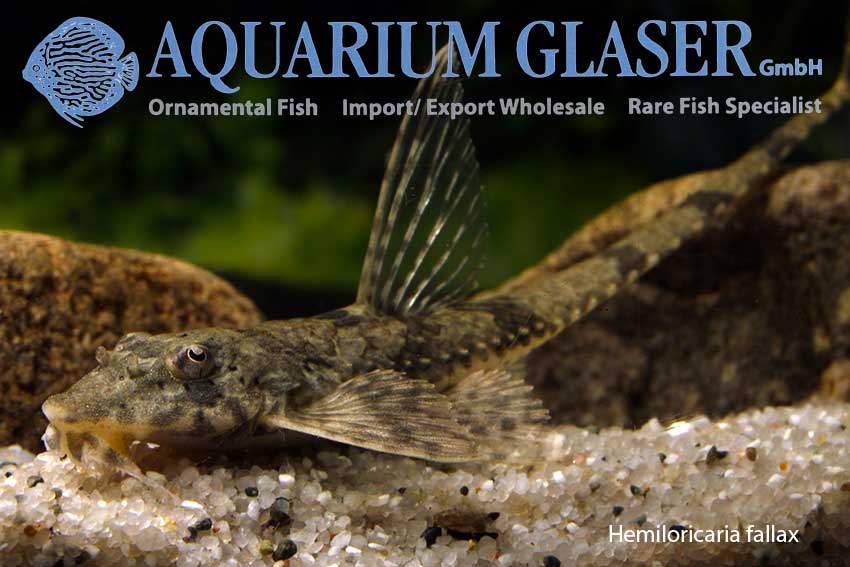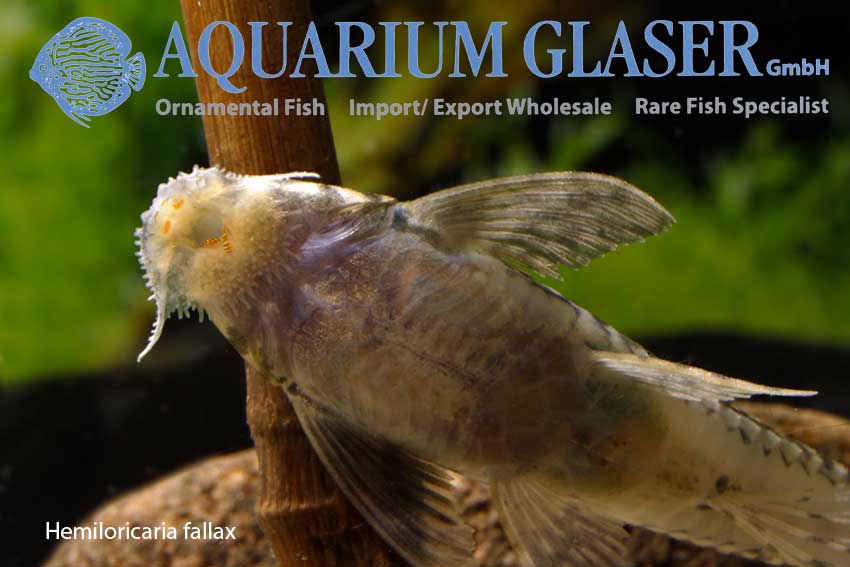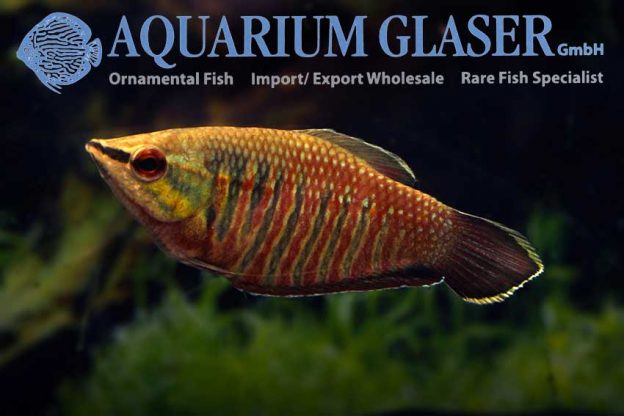
First Place – Sphaerichthys vaillanti
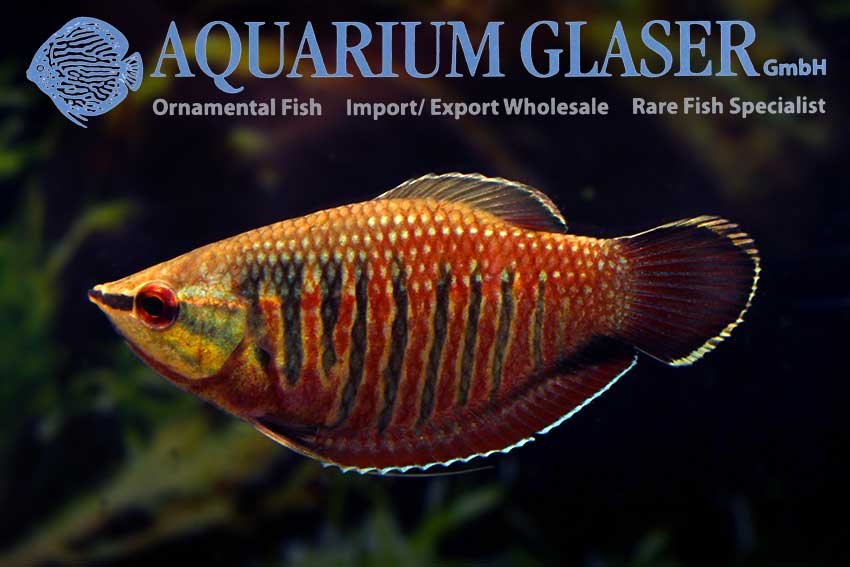
Finally we can offer again the most beautiful species of Chocolate Gourami: Sphaerichtys vaillanti. The species originates from the Kapuas basin in the Indonesian part of the island of Borneo. S. vaillanti is not only the most beautiful, but also the hardiest species of all Chocolate Gouramis. However, it is nevertheless by no means an easy to keep fish. One will have only success with this fish when the natural habitat – very soft, acidic blackwater and lots of dead leafes on the bottom – is imitated and preferably life food is given. Most hobbyists underestimate the intraspecific aggession shown in all species of Chocolate Gouramis. Most problems with diseases in Sphaerichthys result from distress based on mobbing.
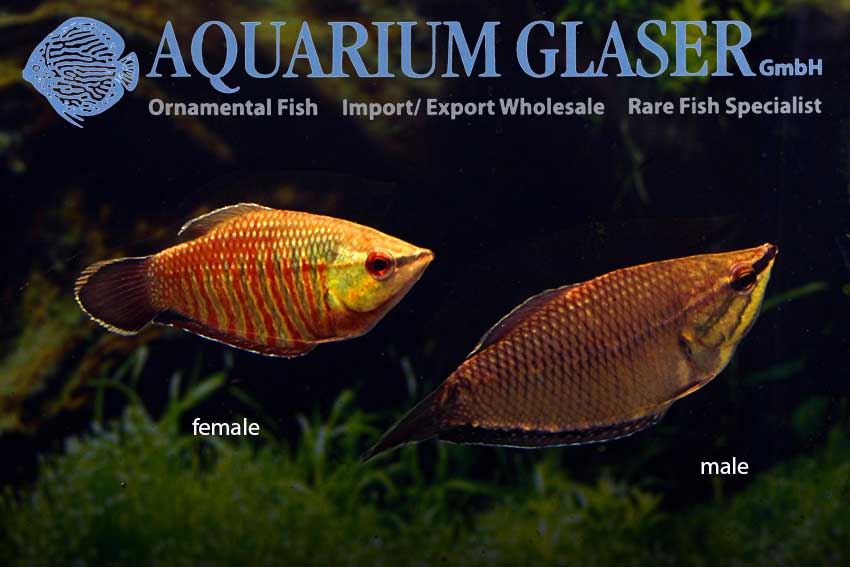
The males in Sphaerichthys vaillanti are much duller in respect of coloration than the tigered females. The males have also the job to care for the spawn – they are mouthbrooders. In neutral mood the males look much alike the Crossband Chocolate Gourami (Spaerichtys selatanensis), but S. vaillanti can always be recognized by the sharp head.
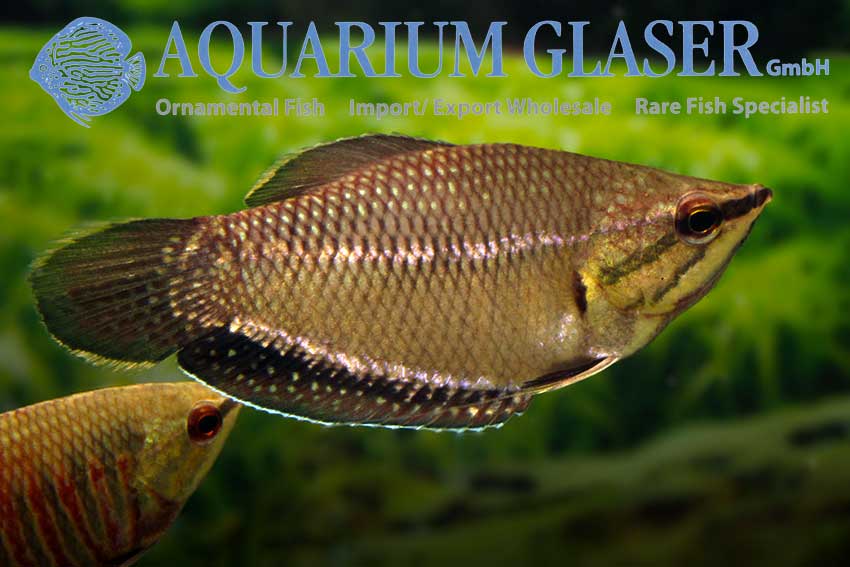
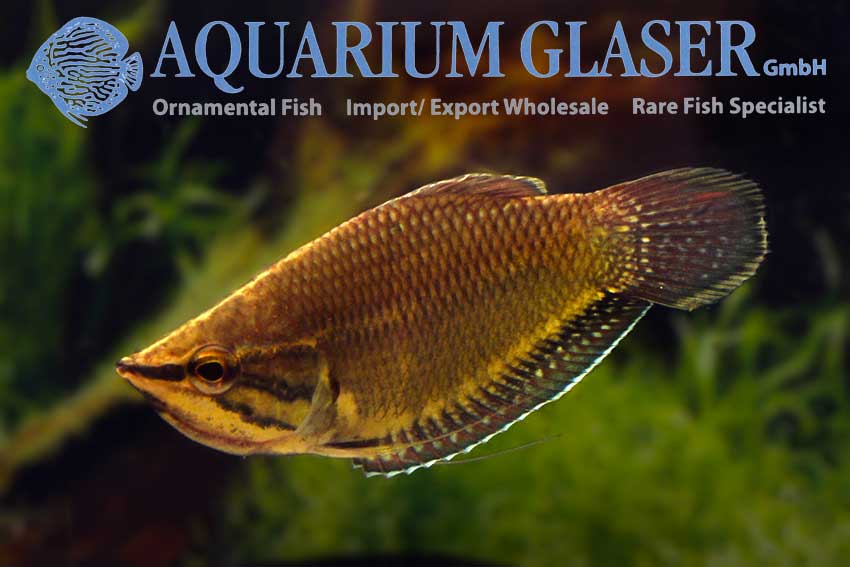
Second Place – Gymnotus carapo
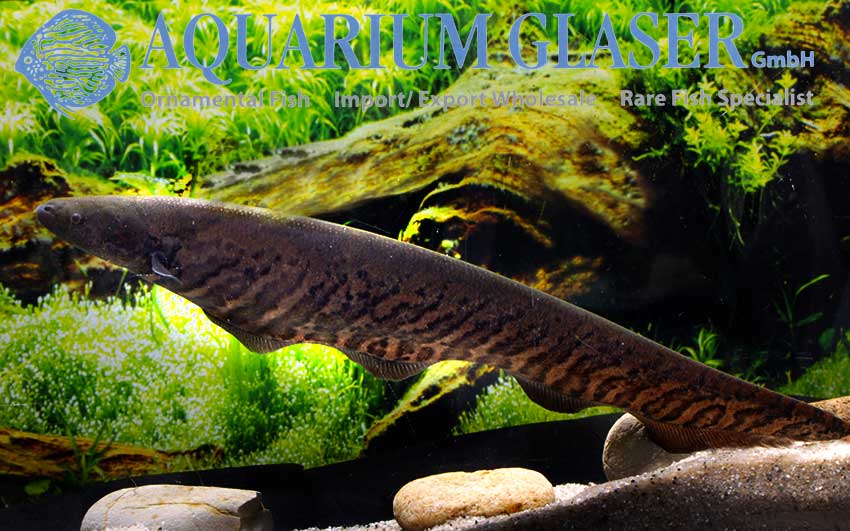
The number of scientifically described species in the genus Gymnotus increases rapidly recently. Since the last complete revision of the New World Knifefishes by Francisco Mago-Leccia in 1994 30 new species have been described, raising the total number of known species to 39. Members of the genus Gymnotus are cylindrical shaped and most often they have a quite attractive pattern. The maximum size that can be reached depends on the particular species. The smallest ones are said to reach only 10 cm, the largest up to 40 cm.
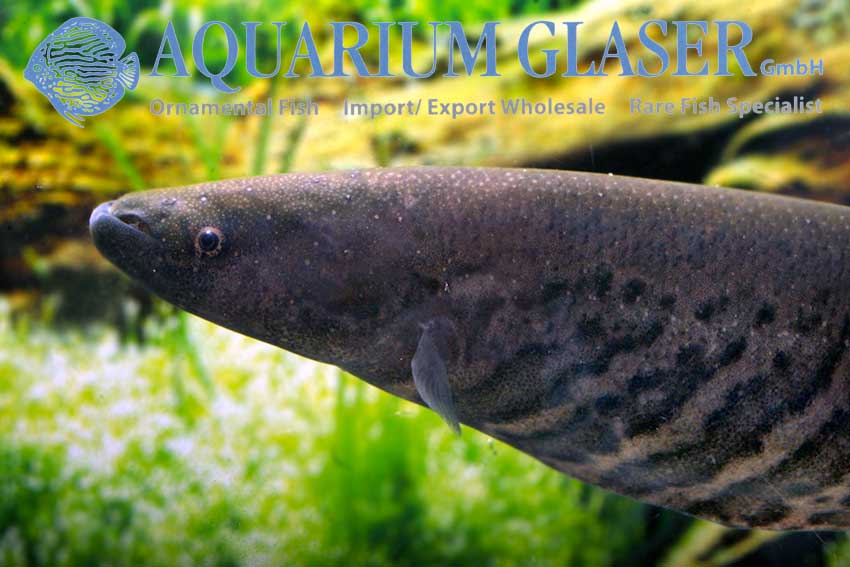
The Banded Knifefish (Gymnotus carapo) is the first species that became known to science and been described already back in 1758. The species has an enormous distribution in South America; however, one should keep in mind that many mis-identification probaly have appeared in elder literature. In any case G. carapo belongs to the large members of the genus.
Principically speaking Gymnotus carapo would make excellent aquarium fishes – despite the size they can grow. They species inhabits often swamp areas, has an accessory breathing organ and is very undemanding, has a very attractive pattern and swims – like all knifefishes – in a fascinating way. But sadly all Gymnotus are extremely aggressive against conspecifics. This makes it most often impossible even to keep a pair together. External differences between the sexes are unknown for Gymnotus. That is really a pity, because breeding Gymnotus would make a great project. Gymnotus are paternal broodcarer. From the wild, nest-building males have been described, in captivity they proofed to be mouthbrooders. Most probably sibling, but different speces were involved in the two studies.
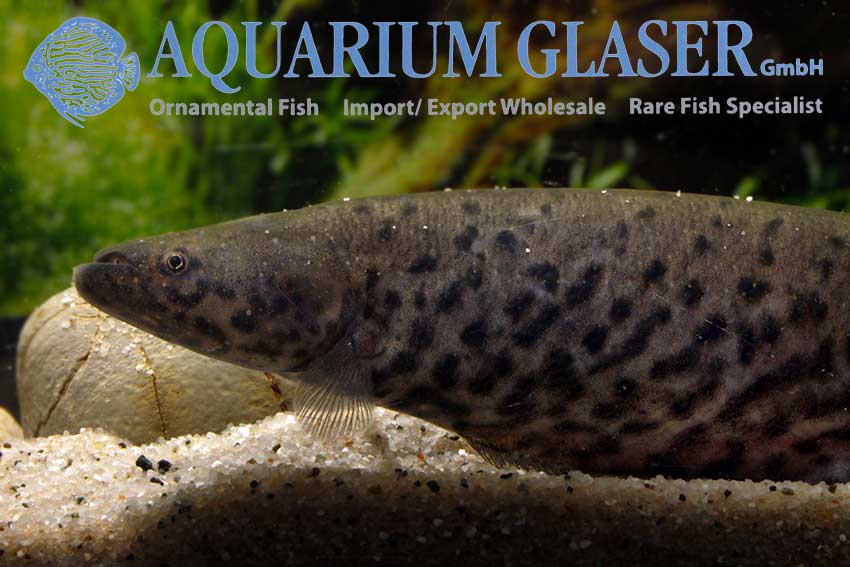
Currently we have very nice specimens from Venezuela in stock. The fish are between 12 and 20 cm long. Doesn´t that make a good opportunity to try the species?
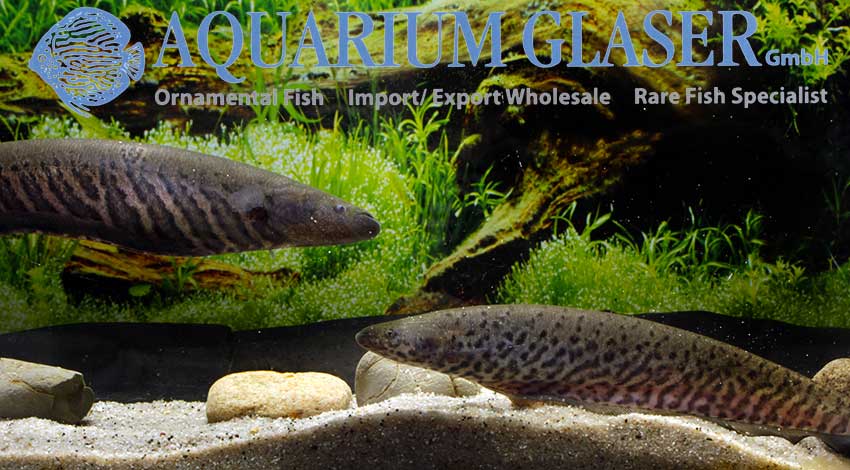
Third place – Corydoras weitzmani WILD
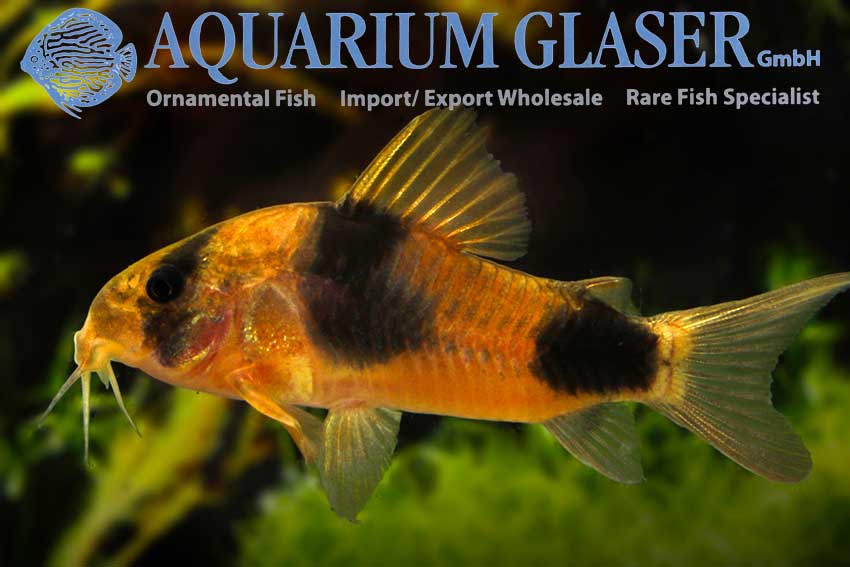
We received a shipment of beautiful, fully grown wild collected Corydoras weitzmani from Peru. The species is extremely rare in the trade. Our fish have a perfect condition!
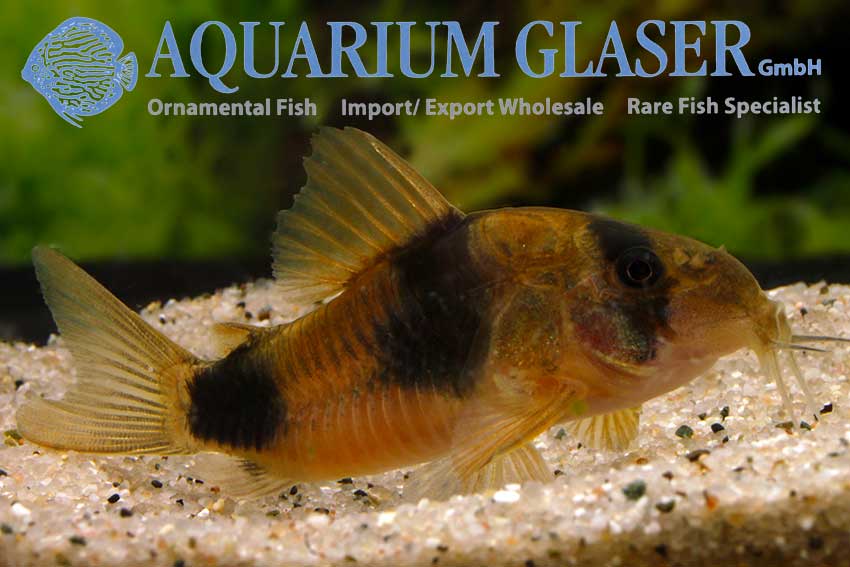
There were strong doubts not long ago that the species might not exist at all or that it has been extinct. This was due to the fact that the scientific description of the species in 1971 gave “Cuzco in Peru” as type locality. Several expeditions searched in the region for this unique cory, but all failed. Now we know that the information on the collecting site given to the scientist who described the species was wrong. Corydoras weitzmani originates from the Madre de Dios region where it was rediscovered in 2004 by ornamental fish collectors.
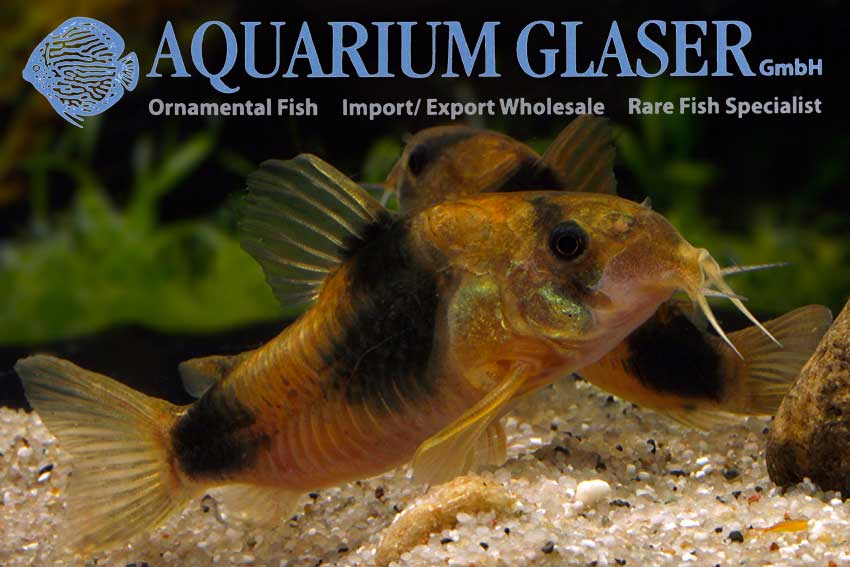
Keeping the beautiful species is pretty easy. Corydoras weitzmani is a social species that should be always kept in groups. Former speculations said that the fish probably has to be kept at low temperatures, for Cuzco in the Andes lies at an altitude of 3.400 m. However, this is completely wrong. In fact neither the water chemistry nor the water temperature are of greater importance for the successful keeping of the fish, which is a perfect tankmate for a community tank.
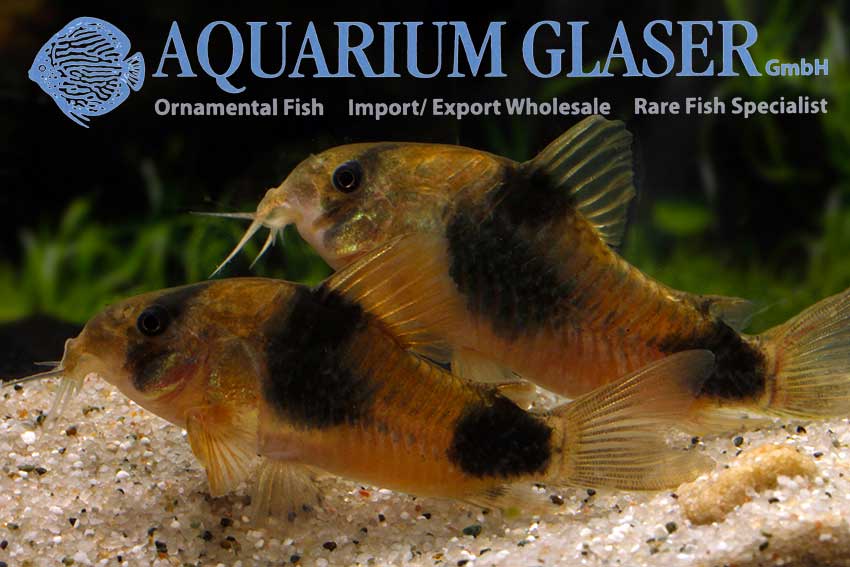
Fourth place – Apistogramma sp. Nanay
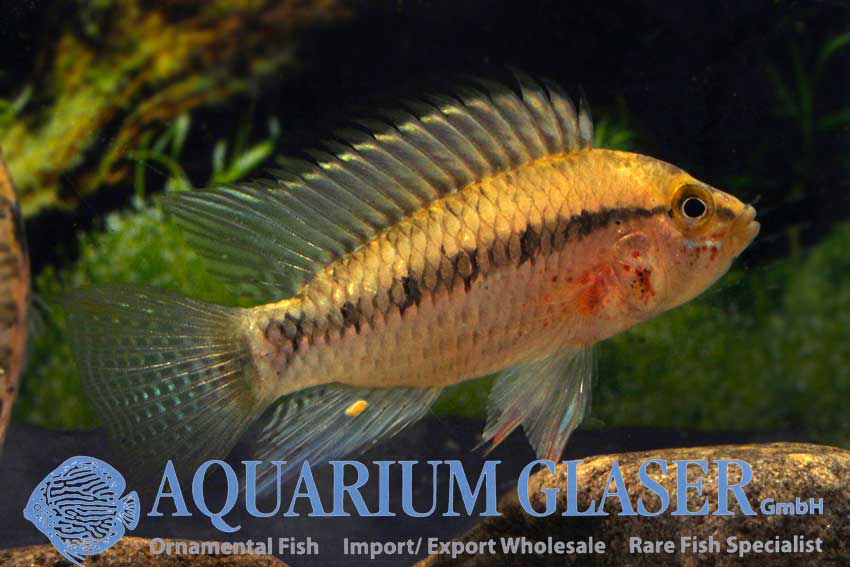
When we unpacked these large, fully grown Apistigramma from Peru we thought initially: wow, that kind of Apistogramma was never here before! The species-specific features of the fish are: stripes on the underside of the belly, an orange colored spot on the basis of the pecoral fin, a more or less clearly recognizeable orange zone over the belly, and elongated tips of the caudal fin in fully developed males.
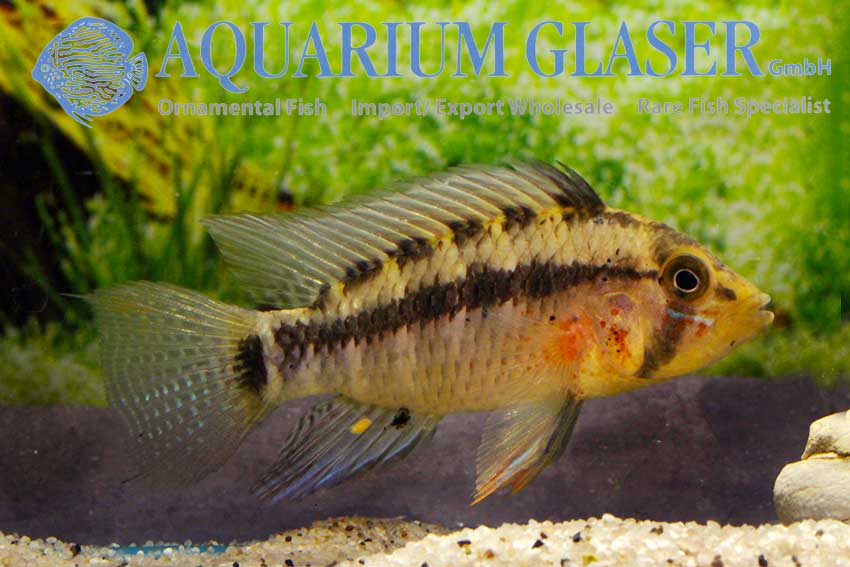
The research made clear: no, the fish has been here already, and even several times. The species belongs in the closer relationship of Apistogramma moae. The names applied on it were Apistogramma sp. „Baby face yellow tail“, A. sp. „Frank“, and A. sp. „Nanay“. We adopted the latter name for our recent imports, because bred specimens were sold under that cheironym. In captive bred fish the orange zone over the belly becomes even more splendid than in wild collected ones.
We are very glad that we have this rare guest once more in our fishhouse. They are splendid animals!
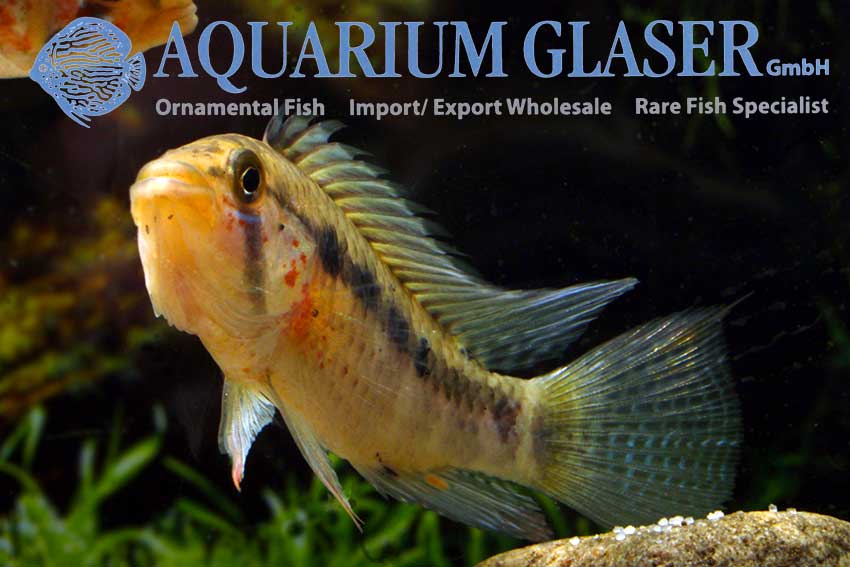
Fifth place – Hemiloricaria bycatches
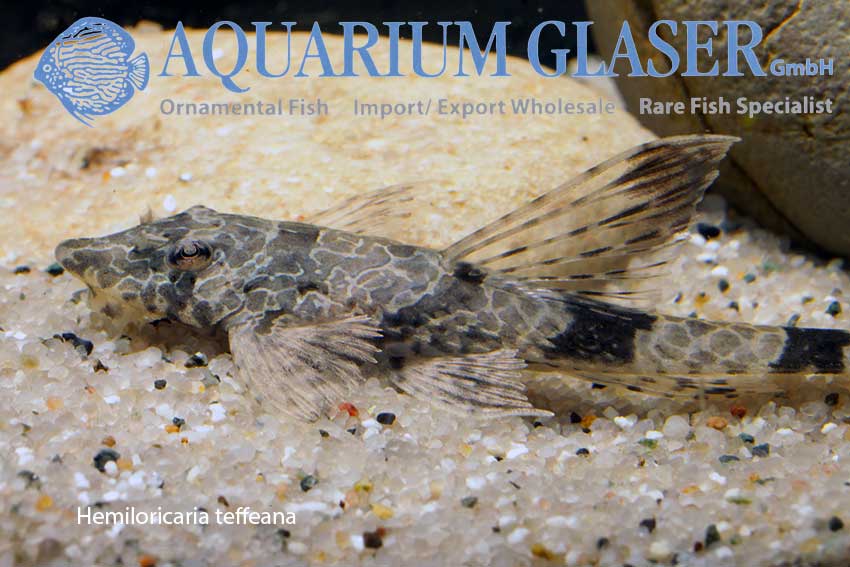
The past days were dominated by whiptail catfish. Along with the first importation of Pseudoloricaria sp. (see http://www.aquariumglaser.de/en/archiv.php?news_id=1699) came as bycatch not less than four different species of Hemiloricaria! This is extremely unusual, for all these species have a very similar way of life and so they stand in direct competetion to each other. The four species are Hemiloricaria fallax, H. teffeana, H. castroi, and H. sp. Barcelos.
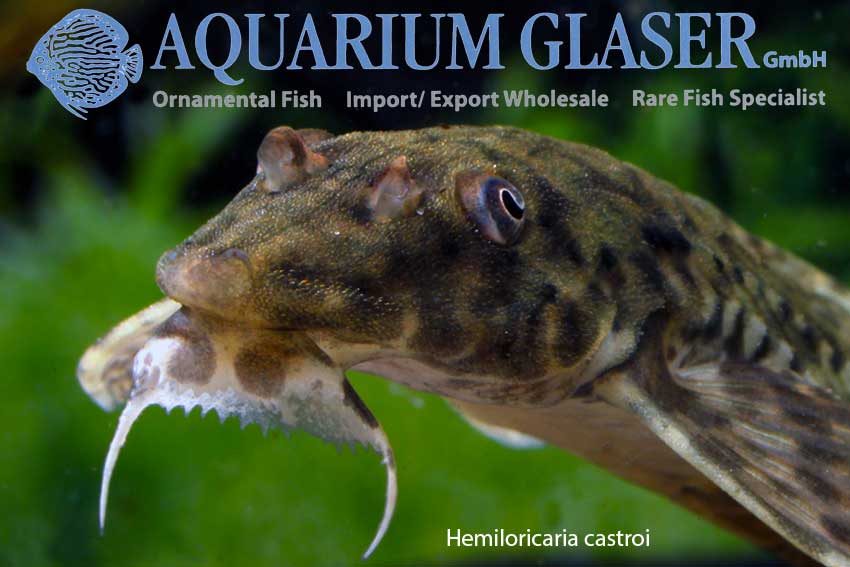
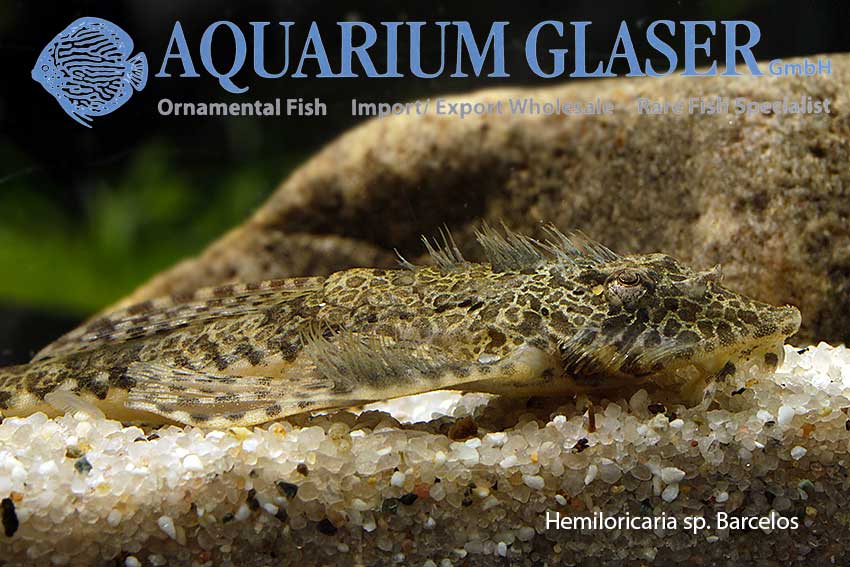
May this be as it is: we also obtained – from the very same area – even a fifth species, namely Hemilorcaria sp. Weißdorn, also known under the name H. sp. Amazonia. Raphael Covain, a French scientist that works a lot with Rineloricaria, informed us – based on his research on the genus – that the latter species is identical with Rineloricaria platyura.
The generic names Hemiloricaria and Rineloricaria have both been established in 1862 by P. Bleeker. The validity of Hemiloricaria is reason for a debate among scientists. There are two basic opinions, the one is that both genera are valid, the other (i.a. the one of Covain) that Hemiloricaria is a synonym od Rineloricaria.
We are not specialized in this group of fish and simply follow the opinion that is most commonly shared in the German speaking area. This is that Hemiloricaria is a valid genus. In any case we thank Raphael Covain sincerely for his help. Many thanks also to Ingo Seidel who helped us to identify the bycatches of Pseudoloricaria.
Anzeige






